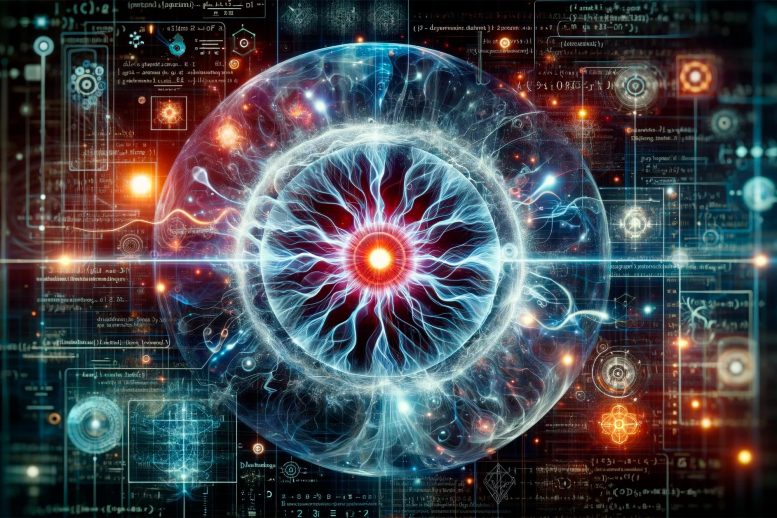
MIT researchers have advanced fusion experiments by developing a method to accurately predict plasma behavior using camera images and AI. This technique provides insights into plasma dynamics, essential for achieving net fusion energy production. Credit: SciTechDaily.com
Neural networks guided by physics are creating new ways to observe the complexities of plasmas.
Fusion experiments take place under extreme conditions, with extremely high-temperature matter contained in specialized vacuum chambers. These conditions limit the ability of diagnostic tools to collect data on fusion plasmas. In addition, computer models of plasmas are very complex and have difficulty characterizing turbulent plasmas. This makes it difficult to compare models against measurements from experimental fusion devices.
Bridging Plasma Modeling and Experiments
In response, researchers have demonstrated a novel way to bridge plasma modeling and experiments. Using pictures from cameras routinely installed in fusion devices with an optical filter, the researchers developed a technique to infer electron density and temperature fluctuations. Fusion scientists can use this information in experiments to predict plasma fields in a manner consistent with theory.
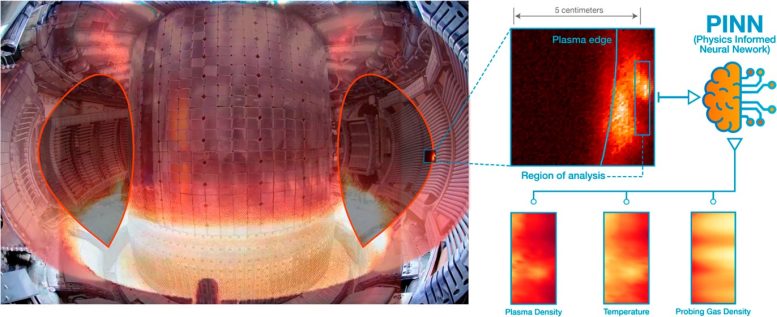
Using light from the edge of a plasma in a tokamak (interior view at left), a Physics Informed Neural Network reconstructs the turbulent fluctuations in plasma density and temperature and the distribution of a probing helium gas puff (right). Credit: A. Mathews, J. Hughes, and J. Mullen
Challenges in Predictive Modeling
Predictive modeling of plasma turbulence in fusion experiments is challenging. This is due to the difficulty in modeling the conditions at the boundaries of these chaotic systems. Using a custom physics-informed approach to machine learning, researchers developed a framework able to directly solve for plasma properties that are usually not resolved in the boundary of experimental fusion devices. This allows scientists to predict how plasma fluctuations behave in experiments. It also allows them to test predictive models in ways consistent with theory. This sort of turbulence modeling was not previously practical.
Importance of Confinement in Fusion Plasmas
Adequate confinement of fusion plasmas is essential to reaching the goal of net fusion energy production. A key component in predicting confinement is understanding the ways plasma instabilities can cause cooling and loss of performance within the fusion device. Accordingly, the fusion community spent decades improving experiments’ measurement capabilities to refine predictive models. However, the extreme temperatures and vacuum conditions needed for fusion make it very difficult to deploy diagnostics within fusion devices. Researchers from the Massachusetts Institute of Technology recently published two papers addressing this challenge.
Innovative Research From MIT
In the first paper, the researchers demonstrated how photon counts collected by commonly applied fast cameras can be converted into electron density and temperature fluctuations on turbulent scales using a novel, physics-informed AI framework that combines experimental data with radiative modeling and kinetic theory. The results are novel, experimental insights into previously unobserved plasma dynamics.
In the second paper, the team used this dynamical information about the electrons in conjunction with a widely used plasma turbulence theory to predict electric field fluctuations directly consistent with partial differential equations in an experimental setting. This work goes beyond conventional numerical methods and instead uses specially created physics-informed neural network architectures to develop a new kind of modeling for the nonlinear properties of plasmas. The work opens novel scientific paths to understanding whether theoretical predictions match observations.
References:
“Deep modeling of plasma and neutral fluctuations from gas puff turbulence imaging” by A. Mathews, J. L. Terry , S. G. Baek, J. W. Hughes, A. Q. Kuang, B. LaBombard, M. A. Miller, D. Stotler, D. Reiter, W. Zholobenko and M. Goto, 16 June 2022, Review of Scientific Instruments.
DOI: 10.1063/5.0088216
“Deep Electric Field Predictions by Drift-Reduced Braginskii Theory with Plasma-Neutral Interactions Based on Experimental Images of Boundary Turbulence” by A. Mathews, J. W. Hughes, J. L. Terry and S. G. Baek, 2 December 2022, Physical Review Letters.
DOI: 10.1103/PhysRevLett.129.235002
Funding support came from the Natural Sciences and Engineering Research Council of Canada through the doctoral postgraduate scholarship, the Department of Energy Office of Science, Fusion Energy Sciences program, a Joseph P. Kearney Fellowship, and a Manson Benedict Fellowship from the Massachusetts Institute of Technology Department of Nuclear Science and Engineering.


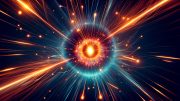
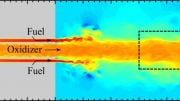




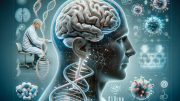
Physics is both complex and simple. The simplicity lies in the fact that the interconnection of all things cannot be separated from the interaction of topological vortices, which as well as is precisely the complexity of physics for topological vortices that can interact and combine in complex ways. The AI’s Precision refers to the precision of our control over topological vortex interactions.
The Physical Review Letters (PRL) you are referring to is a pseudoacademic publication. It firmly believes that two objects (such as two sets of cobalt-60) of high-dimensional spacetime rotating in opposite directions can be transformed into two objects that mirror each other,and completely unaware of repentance. The Physics Review Letters (PRL) have created the most hypocritical, dirtiest, and ugliest era in the history of physics.
I hope more scientific workers dare to fight against rampant pseudoscience, rather than blindly following the trend.
Is the approach covering more than one sensory perception while using testing I’m just wondering if a singular approach may not be enough although I don’t fully understand the concept generally 🤔 😉 😜
And this, ladies and gentlemen, is how AI will finally bring annihilation of the mankind.
Just kidding, this AI effort will fizzle out like all others. Nothing concrete will come out of it – it’s all a fad.
“The precision of AI”? The same AI that still can’t figure out the number of fingers on a hand?